“I have a digital camera and some really good software, therefore, I no longer need to bother with filters.”
Not so!
If you’re not making use of physical filters (as opposed to digital filters) in your digital photography, you’re missing out on a whole world of wonderful creativity. After all, what is photography? It’s about creating images that express what we see, feel, and experience in the world around us.
And this is where filters can be so useful. This is not planned as an in-depth, tell-all article but rather as something to whet your creative appetites!
Software can be wonderful and we can be remarkably creative with it. But there are certain things at which filters excel. We start off with the basic ultraviolet or protection filter. The camera below has a broken filter with no glass, having been dropped on concrete!
The lens is fine; this makes the protection point. They are also useful when the camera is inadvertently dropped into beach sand, for example.
This can easily happen when shooting with a tripod on the beach. Cleaning sand off the filter is just so much easier than off of a delicate lens. The UV is no longer a problem with digital but the protection is useful. As with all filters it is best to buy quality, known brand products with coated glass as the glass quality is crucial.
There are two basic types of filers: circular screw on and square/rectangular, which drop into a holder which screws onto the lens. With both types, you can buy step-up rings to fit different size lenses.
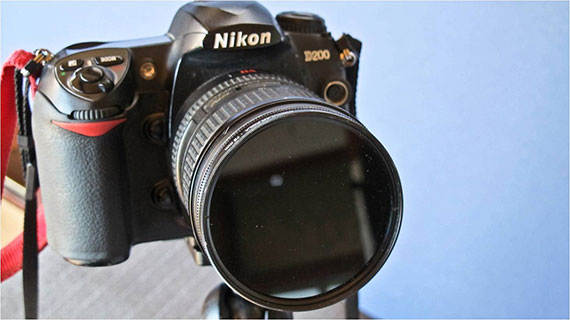
Screw-on Filter
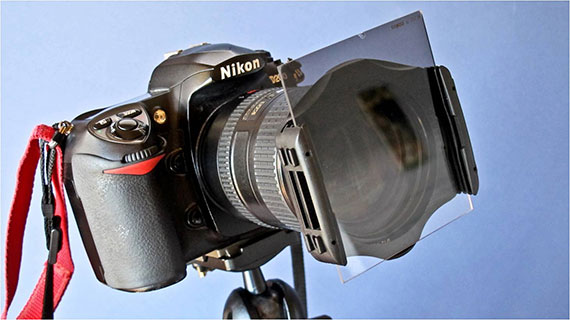
Square Filter
The Polarizer Filter
This is the filter everyone should have in their photo bag. The results that you will achieve with this filter cannot be replicated with software and they can be spectacular.
Before we even begin to discuss the filter, here is a selection of before and after images. These are all straight out of the camera with no enhancement to show you the real effects of this filter. There are even sensor spots on some images! The polarized images were taken immediately after the un-polarized image.
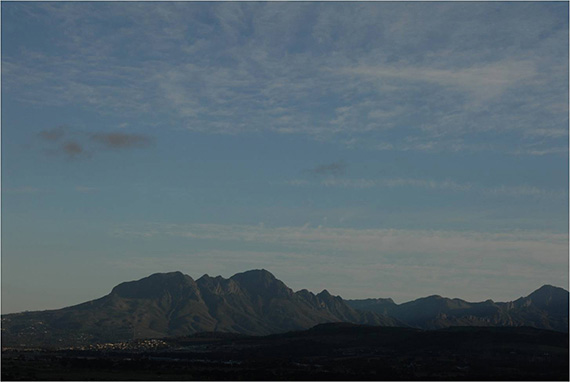
No Filter
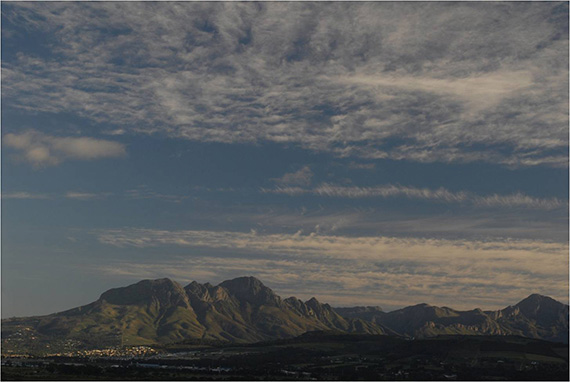
With Polarizing Filter
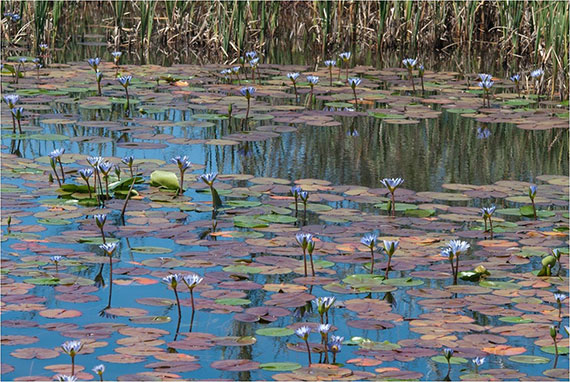
No Filter
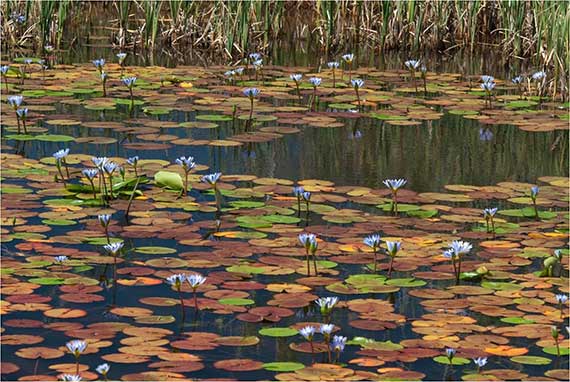
With Polarizing Filter
The effect on rainbows can be stunning.
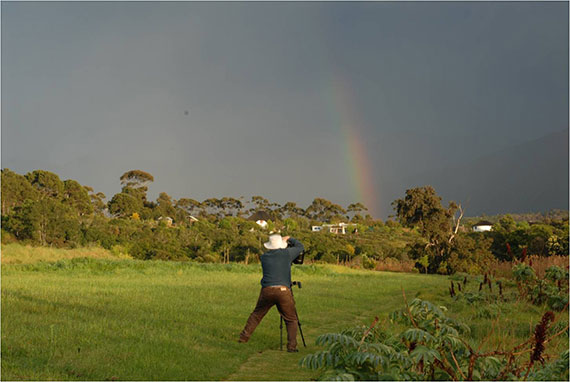
No Filter
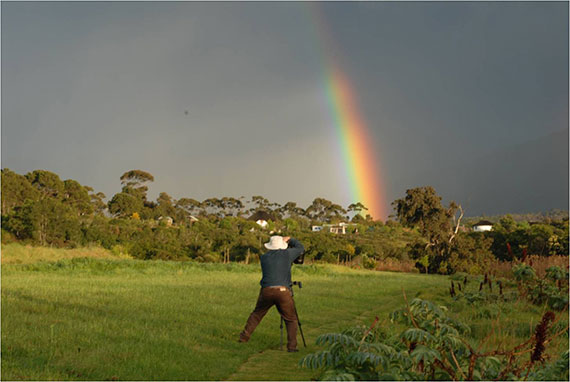
With Polarizing Filter
A polarizing filter is all about removing reflections. Direct light is non-polarized but when light is reflected from some subjects, it can become polarized when individual light waves become parallel to each other. In many settings, reflections can kill colors which are revived by the filter.
However, reflections are sometimes necessary to preserve color in an image as when, for example, photographing a sunrise or sunset. It’s the reflected light that causes the intense color.
Because it only filters the light reflected from your subject, and not the light shining on your subject, it can effectively reduce the reflected light.
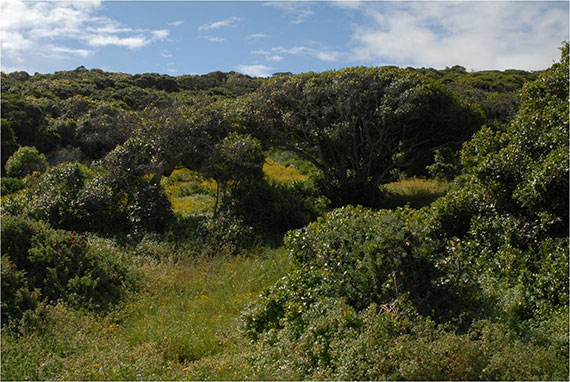
Shiny Leaves
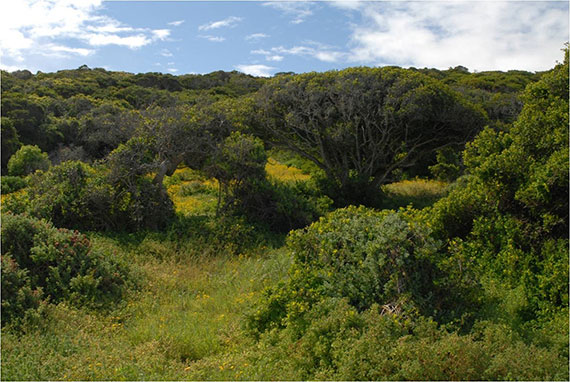
Non-Shiny Leaves
It also increases the color saturation (wonderful for flowers). Just bear in mind that, as the filter is discarding some light, you will need a longer exposure time—around 2 stops.
The filter just screws on to the front of your DSLR camera, and, looking through the viewfinder (or your live view screen) you just rotate it to achieve the best effect. No need to overdo it!
There is a lot more to be said about this great creative tool but the key point is that no photographer should not have one of these in the camera bag! My main aim, as mentioned, was to whet your appetite with sample images.
The Neutral Density (ND) Filter
This is another excellent creative filter. Think of it as sunglasses for your camera–albeit sunglasses that do not change the color of the light being captured by the camera and lens. Hence the neutral name. It’s a filter that, placed in front of the lens (or dropped into a filter slot), reduces the amount of light entering your camera.
They come in varying strengths and can give you two big creative benefits:
- Controlling depth of field in bright light without overexposing. You can get shallow depth of field and selective focus effects under lighting conditions that too bright for your standard exposures. A 2-stop filter will take the exposure from f/8 to f/4 and a 3-stop filter will take the exposure from f/8 to f/2.8.
- Slowing the shutter speed in daylight for beautiful waterfalls, etc. If you want white misty water and the light is too bright for your shutter speed here is the answer!
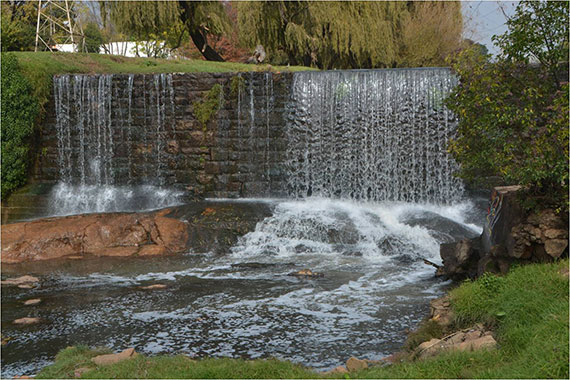
No ND Filter
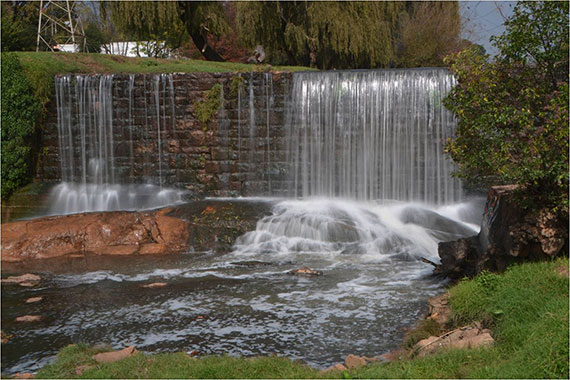
With ND Filter
You need it for water like this. If you use a filter holder it means you can stack different filters to get even lower speeds.
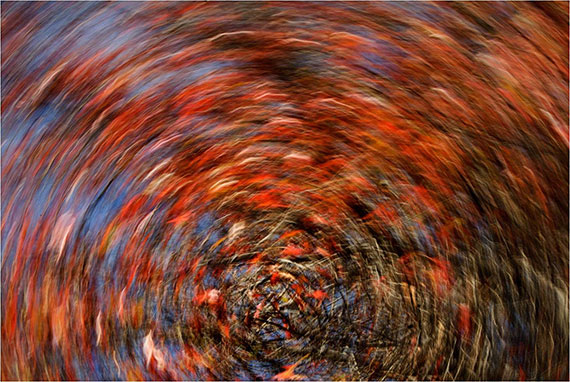
Intentional Camera Movement
And you can use them to play with intentional camera movement and generally have creative fun!
Graduated Neutral Density Filter
The fourth and final filter type I wanted to chat about is the graduated ND filter.
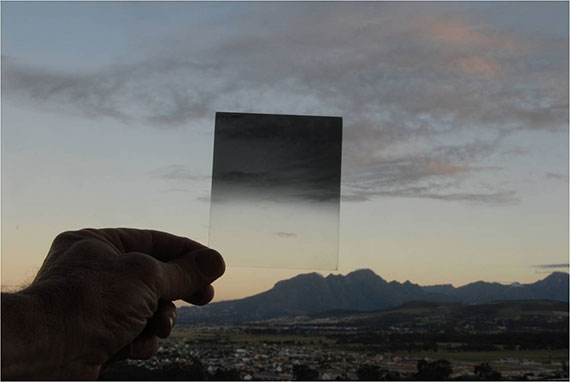
Graduated ND Filter
This is a great help in achieving the balanced exposure you want. This can also be done in post processing but I think it’s much better to see your actual image captured on-site rather than to imagine what it will look like when you get home. They can come in both hard-edged and soft edge versions.
My personal preference is for the soft edge, as it is less definite, as it were. Used in a filter holder you just move it up or down whilst looking through the viewfinder to achieve the balance you would like with the dark section holding back the light from the upper section of your image.
There is a continuing debate with some people who insist that software can replace physical filters but if you’re looking for speed, simplicity and enjoyment. The advantage of seeing immediate results on your camera screen is really hard to beat.
And of course, the polarizer effects are not possible with software!
As a P.S. to filters, just a mention of infrared filters.
They can add a whole new range of creative possibilities to your photography.
About the Author
Roger Lee is a Johannesburg based photographic trainer and cruise ship speaker on photography. He runs a successful one day “Enjoy Your Camera” course, and his popular e-books for people who don’t want to drown in detail are at www.camerabasics.net. His new smartphone photography e-book is at www.smartphone.org.za.
Like This Article?
Don't Miss The Next One!
Join over 100,000 photographers of all experience levels who receive our free photography tips and articles to stay current:
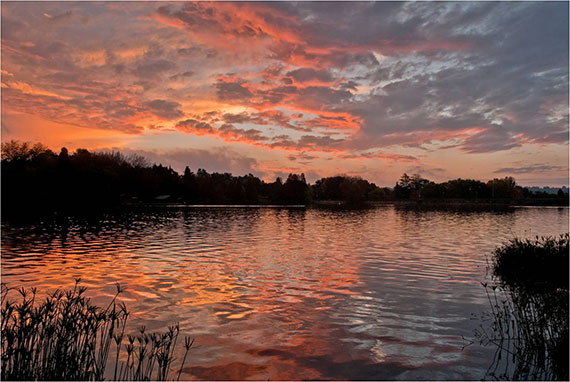
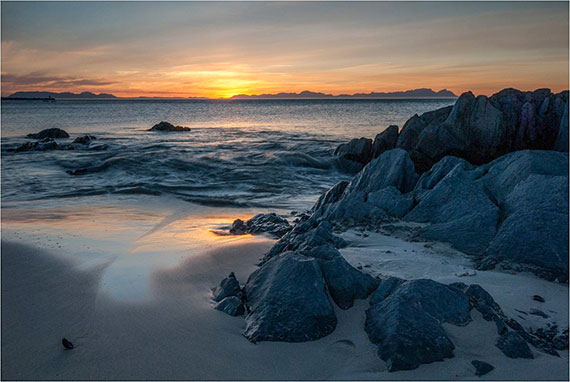


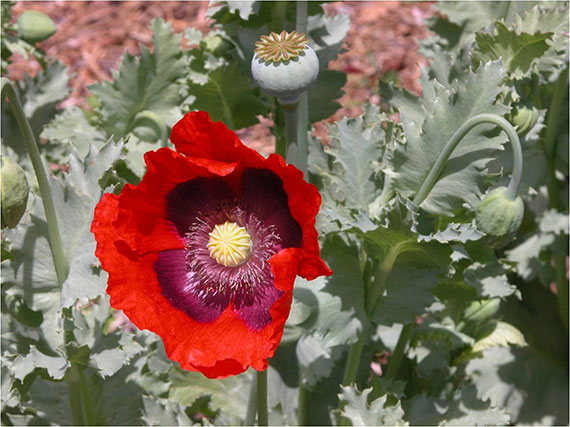
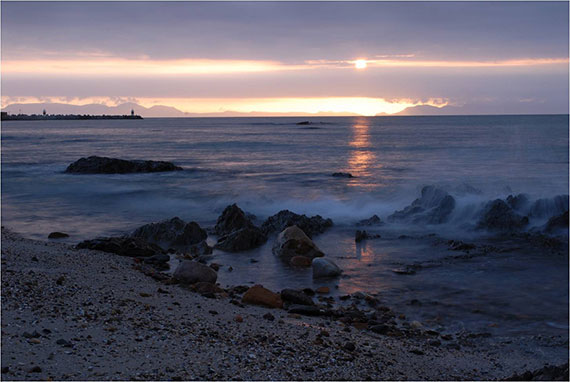
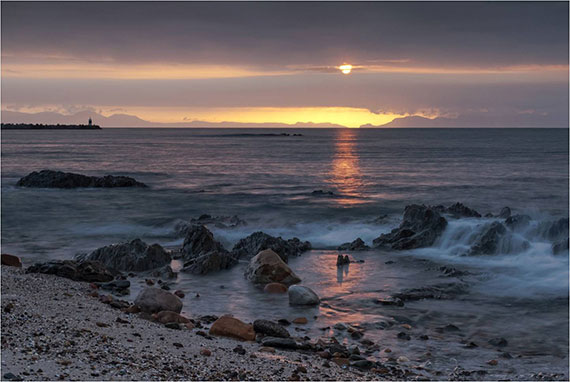
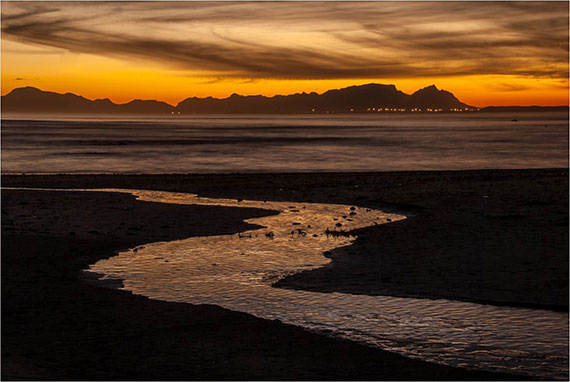
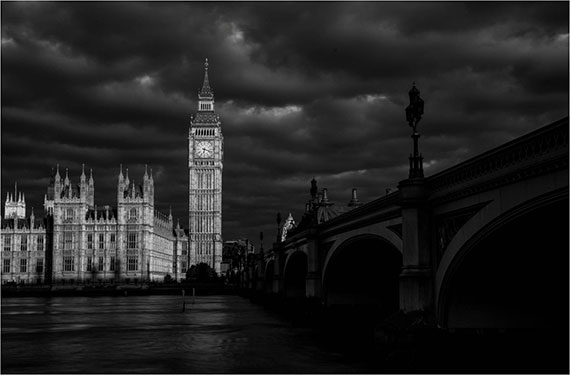
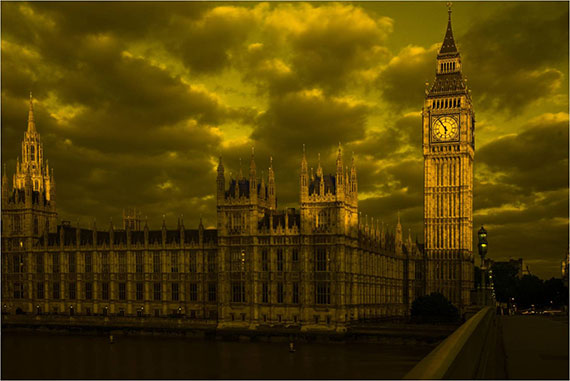





Leave a Reply